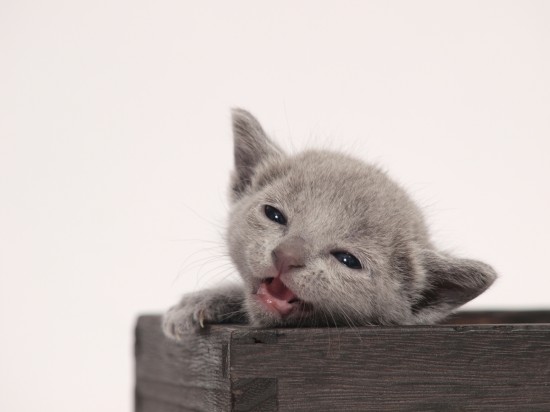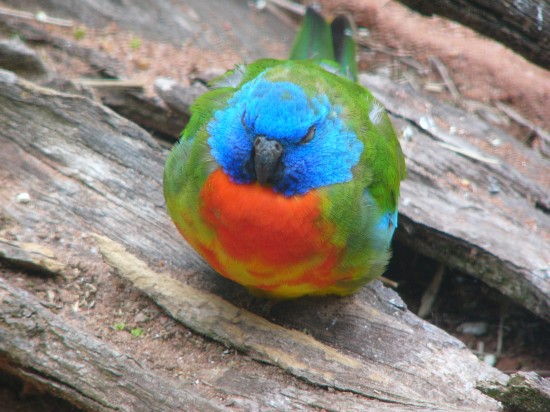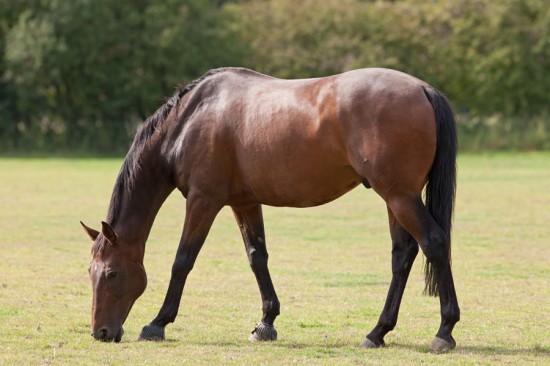
Commonly known as Campbell's Russian dwarf hamster, the black dwarf hamster was named after W.C. Campbell upon his discovery of this species, in 1902. Although there are many color variations, the black dwarf hamster has all black fur with black eyes. It should be noted that all dwarf hamsters have a distinct dark line that runs down their back. They originated in Tuva which is located between Russia and China and also has its origins in the steppes and Central Asia.
Today, the black dwarf hamster can be found in countries such as Mongolia, Russian Federation, China and also Kazakhstan. Not necessarily nocturnal, you can find this species early in the morning or late in the evening. They generally habituate underground in desert like climates and grassy areas, with a diet consisting of seeds, plant life and sometimes insects. They can live up to 2 years and in some cases longer. Breeding can start as early as a year old and they can breed anywhere from April until October with a gestation period of up to 21 days, but can vary.
They will produce about 4 liters consisting of up to 8 babies. It has been observed that gestating female hamsters become extremely aggressive toward humans, the existing colony and the male. she has been known to banish the male hamster from the nest until the gestation stage is over. The birthing of her young usually takes place within 5-10 minutes apart for each baby and usually takes place in the evening or at night. Blind and death at birth, baby black dwarf hamsters usually weight about 3 grams or less and their eyes are not yet visible. Generally, male hamsters do not partake in the raising its young but the black dwarf hamster have been reported to guard their babies while the female is away from the nest.
When sought after by a predator, it is unfortunate that the female may eat her young. It can also be noted that in extreme cases of starvation, females may actually eat their young for survival purposes. Usually, co-existence in a colony can last for a long period of time, but eventual fighting amongst hamsters will split the colony. Because they have poor eyesight, they heavily rely on their scent glands to navigate in the wild. The scent glands are found on the face, cheek, ears, stomach, and near the genitals. To navigate their way back to their burrow, they lick or groom their feet to create a scented trail.
This rare breed is prone to developing, benign and malignant tumors and are also prone to developing glaucoma and in older dwarf hamsters, the possibility of cataracts. These cute little creatures can be considered as pets, however, they are a little more aggressive than the other species of hamsters and might nip at a human, so caution should be taken when handling. They can be a fun addition to the family and are very easy to maintain with the right supplies and plenty of love.
You can learn about the roborovski dwarf hamster, and get more articles and resources about hamsters at dwarf hamsters
 Breeding From Your Dog - Development Up To Twelve Weeks Old
Breeding From You
Breeding From Your Dog - Development Up To Twelve Weeks Old
Breeding From You
 Giving Your Kitten A Health Check At Home
Giving Your Kitte
Giving Your Kitten A Health Check At Home
Giving Your Kitte
 Splendid Parrot (scarlet Chested Parrot)
Splendid Parrot (
Splendid Parrot (scarlet Chested Parrot)
Splendid Parrot (
 Common Diseases And Ailments Of Horses And Ponies
Common Diseases A
Common Diseases And Ailments Of Horses And Ponies
Common Diseases A
 Post-surgical Complications In Spayed Dogs
Post-surgical Com
Post-surgical Complications In Spayed Dogs
Post-surgical Com
Copyright © 2005-2016 Pet Information All Rights Reserved
Contact us: www162date@outlook.com